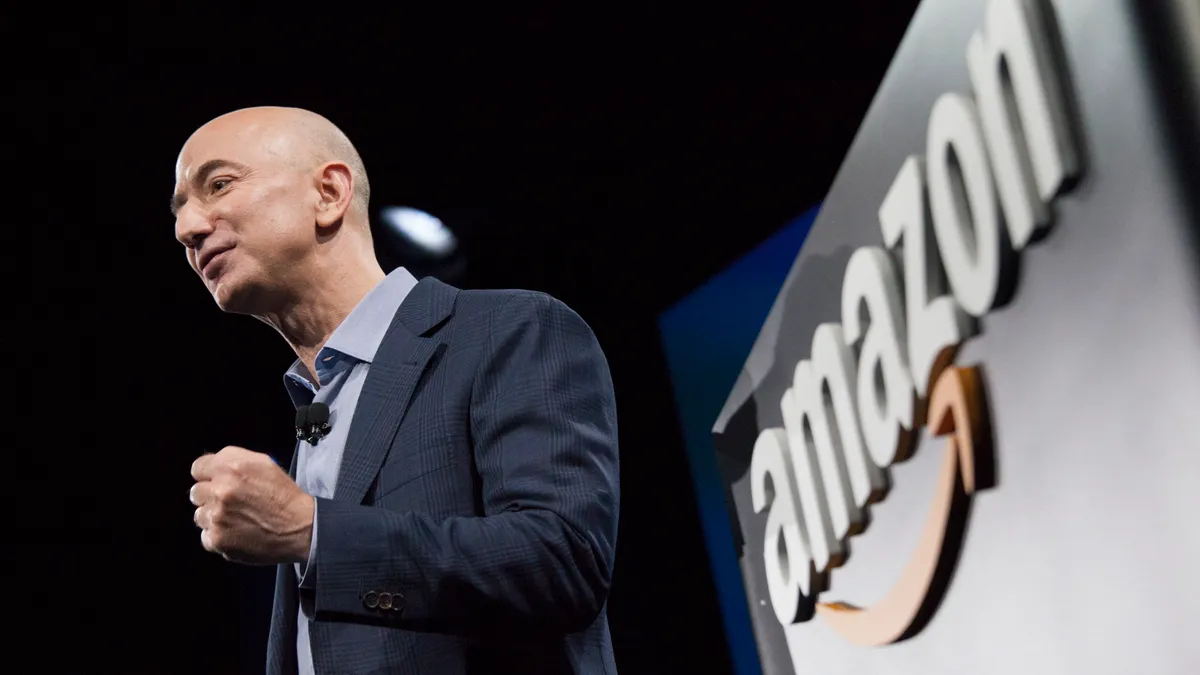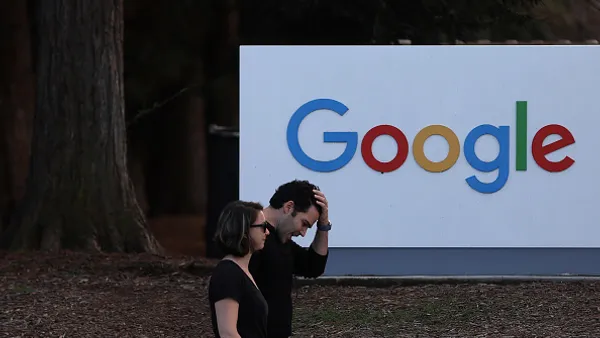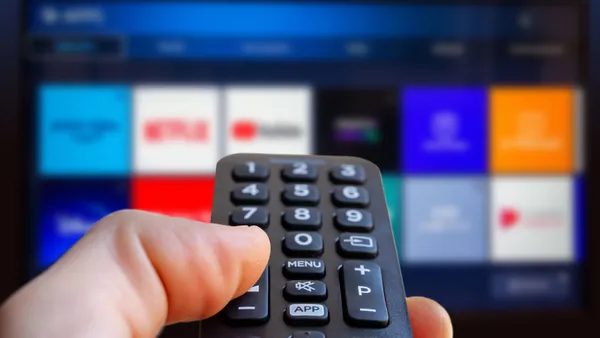Dive Brief:
- Amazon cut down on marketing expenses by roughly a third in Q2 2020 as it attempted to better manage a surge in demand caused by the coronavirus pandemic, CFO Brian Olsavsky said on a call discussing the results with investors Thursday afternoon.
- While the e-commerce giant had to pull back on marketing in recent months, operations have since stabilized, and Amazon plans to return to higher levels of activity in Q3, Olsavsky said.
- The news came as part of blockbuster results that saw Amazon revenue up 40% to $88.9 billion. The company's "other" category, which mostly consists of advertising sales, grew 41% to $4.22 billion.
Dive Insight:
Like other companies, Amazon considerably cut back on marketing spend in the early days of the pandemic, although its stated reasoning for doing so was driven more by overwhelming demand than budgetary pressures. The company still incurred more than $4 billion in safety costs related to COVID-19, with the bulk attributed to paying more to frontline employees.
Now that operations are stabilizing, the e-commerce giant plans to again ramp up marketing for Q3, a period where it looks to fortify categories that have surged due to the health crisis, including an online grocery business that saw sales triple year-over-year in Q2. Putting more gas in the marketing tank mirrors moves being made by other marketers, including those Amazon competes closely with in e-commerce, setting up a comparatively busy second half to 2020.
Notably, the Seattle-based company has shifted one of its biggest marketing events, Prime Day, from its usual date in July to Q4. Prime Day's rescheduling, timed closer to the critical holiday season for retailers, suggests Amazon's renewed focus on marketing will continue through H2.
Streaming was another area called out by executives, as people stuck at home during lockdown spent more time consuming video content. Worldwide streaming hours on Amazon properties nearly doubled in Q2, with Prime Video leading the charge, Olsavsky said on the call with investors. Amazon also owns the popular livestreaming site Twitch, which saw hours watched spike 50% between March and April as the coronavirus first hit the U.S. in force, according to data from StreamElements and Arsenal.gg.
Twitch is among the many channels where Amazon sells advertising, an increasingly important aspect of its business that continues to post impressive growth figures. More businesses are making the shift online as stores remain closed and consumers stay wary of in-store shopping — a trend that has likely benefited Amazon in advertising categories like search.
Major CPG marketers, including Unilever and Procter & Gamble, have put an emphasis on e-commerce in recent earnings reports as the coronavirus drives up demand. Online sales have climbed steadily for these companies for years, but the pandemic will likely enshrine them as larger pillars of business.
Amazon rivals have keyed into this trend and are making bigger grabs at brand dollars as a result. Walmart earlier this week introduced a new omnichannel analytics offering for the Walmart Advertising Partners program, a platform it rolled out at the start of the year to compete more closely with Amazon's ad business. Nestlé Purina, Procter & Gamble, Mondelēz and Clorox beta tested the tools that measure display and sponsored product campaigns both in-store and online.
More aggressive moves from competitors like Walmart arrive as Amazon faces growing external pressures. CEO Jeff Bezos was grilled by House lawmakers earlier this week as part of an antitrust hearing against Big Tech. During the session, Bezos was questioned over allegedly anticompetitive Amazon practices, including the reported use of third-party seller data to inform the company's own product development decisions.















